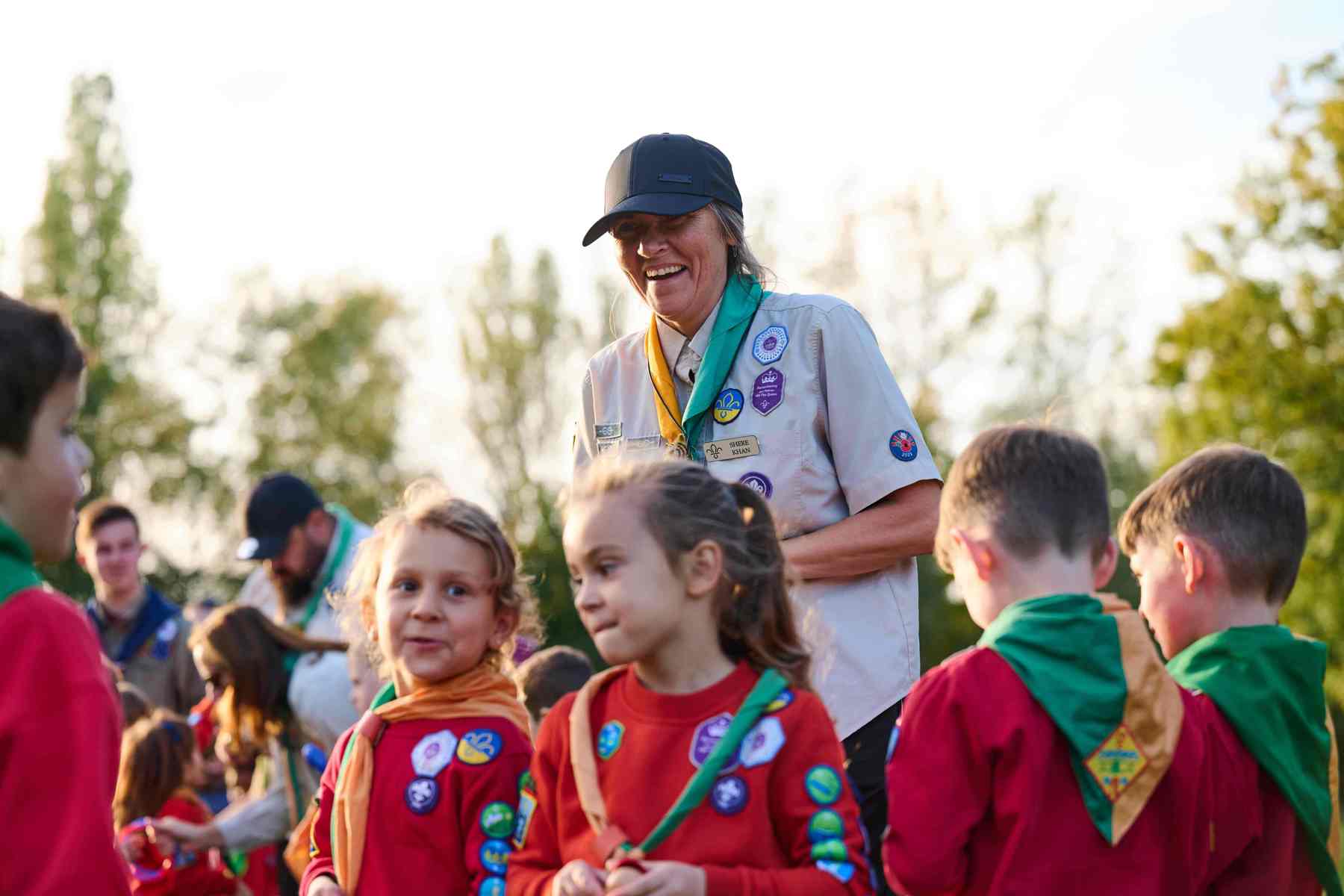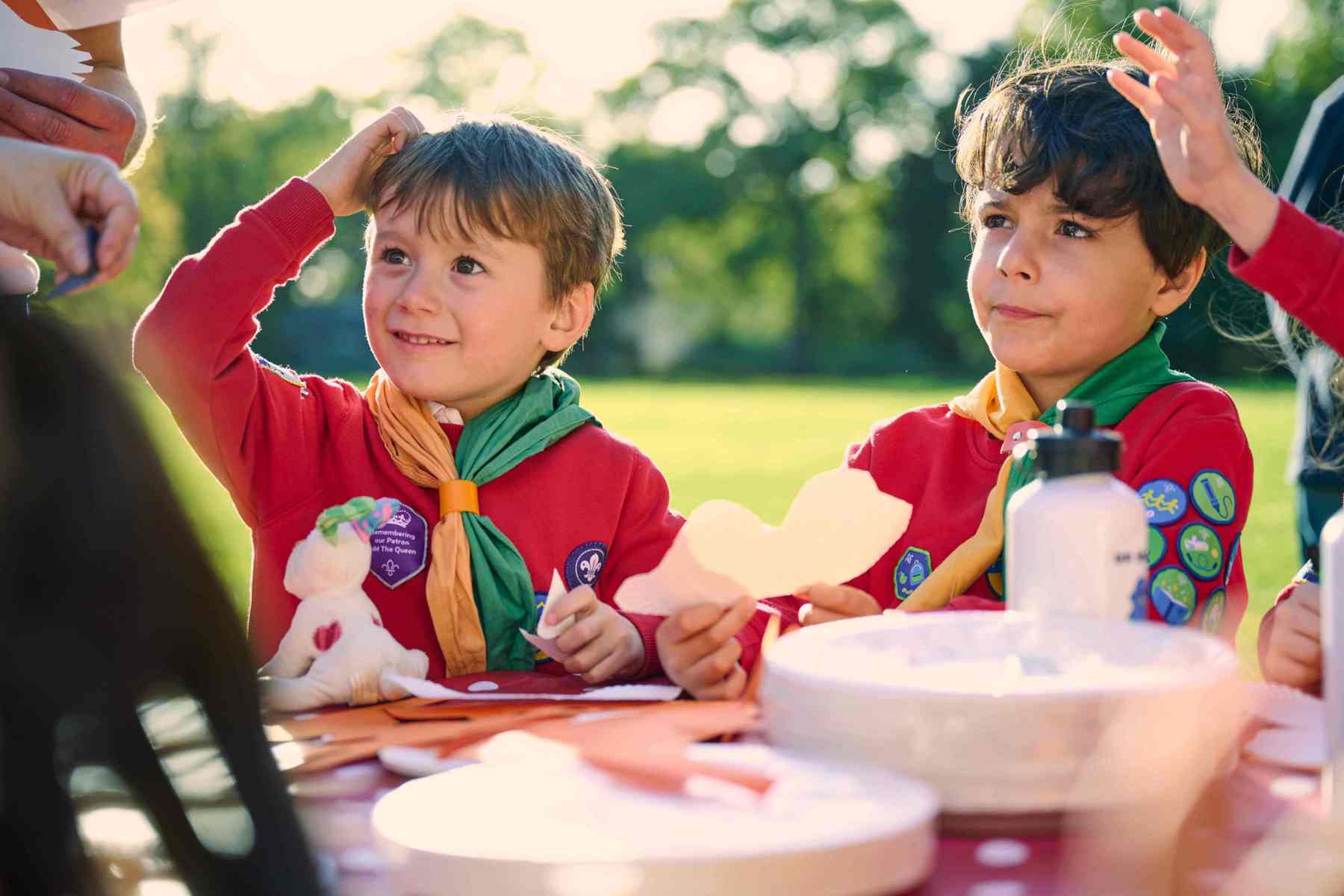Planning your night away
Planning your night away
Planning meeting
The planning meeting's an important opportunity to share ideas and to be prepared for dealing with many different situations that might come up during the nights away experience.
A comprehensive guide to planning a residential experience can be found in the Nights Away book, but the following are some additional useful thoughts when taking younger children on a residential:
- Everyone's roles might change throughout the event. One person might be the chef for lunch, but then the volunteer in charge for an activity.
- You should think about how this works, so that everyone has a clear idea of what they're doing.
- Have a clear code of conduct and a behaviour plan that sets out clear expectations with all involved.
- Make sure that this is shared with everyone on the nights away event from the start, including the young people.
- If they need help with changing such as finding clothes, putting on socks, how will the volunteers manage this in a safeguarding compliant way?

Involving parents and carers
This is likely to be the first time these young people have been away from home or stayed away without parents, carers or wider family present.
Share your nights away plan with parents/carers in advance, give them the opportunity to ask any questions, raise concerns and share their thoughts on the experience.
This could be through a meeting with all parents/carers, or one to one discussions at the beginning/end of normal meetings.
This is also a fantastic opportunity to learn important things about the young people on the nights away, such as bedtime routine or how to help them when they're upset. Make sure you can capture any knowledge they're sharing that would help you and the team on the nights away event.

Risk assessments
All Scout activities, including nights away events, must have the risks assessed as part of the planning and preparation.
A risk assessment needs to be created to make sure that all volunteers, young people and non-members are safe. Check out the advice on putting together a risk assessment. There are some example risk assessments which you can adapt. These'll give you a flavour of the types of hazards, risks and controls to include.
We've added some ideas below to help you think about what to include in your risk assessment for this younger age group:
How will young people find their way out of the dorms or tents if they need to at night?
Is there adequate lighting for young people to find the toilet?
You could put solar lamps in a line to the toilets from the tents. Try to camp near toilets so that the young people don't have far to go if they get up in the middle of the night.
This might be their first night ever sleeping in a tent, whether these are small tents in a hall or camping outside, young people will need to easily be able to find their way out of the tent.
Have a think about whether you can leave the tent slightly unzipped or put a large object, such as a keyring, on the zip so that they can open it easily if needed.
Volunteers, young leaders and young people all need to have separate sleeping areas, you’ll need to plan you space to accommodate this and make sure that everyone knows where these are in advance.
Young people need to be able to take care of their basic personal hygiene needs such as toileting, brushing teeth and changing.
You may have young people who wet the bed, have a plan in place and spare kit, just in case.
Make sure young people know where to go if they need an volunteer during the night. Remember to not be alone with a young person.
A ‘buddy’ system is good to adopt, so that young people will go in pairs when they leave their sleep area and support each other.
Young people will be very excited as this will be a new experience for them. It’s important to make sure that instructions are clear and understood before activities start.
Give instructions close to when they are needed, they'll struggle to remember long term instructions. Make sure they're repeated to make sure everyone has heard them.
Don't be surprised if you have to repeat the instructions while they are doing the activity!
Ratios
Squirrels: One adult to four Squirrels, plus the Leader in charge. Minimum of three adults must be present.
Beavers: One adult to six Beavers, plus the Leader in charge. Minimum of two adults must be present overnight.
Cubs: One adult to eight Cubs, plus the Leader in charge. Minimum of two adults must be present overnight.
Remember, your risk assessment may suggest that more adults are needed due to the nature of the activity.
Nights Away Notification (NAN) form
The Nights Away Notification (NAN) form needs to be filled out as soon as possible (at least 7 days) in advance of your nights away event and sent to your District Lead Volunteer or Nights Away Approver, or by , through a local digital solution or on the membership system.
Nights away permit schemeRisk Assessment Form
All Scout activities, including nights away events, must have the risks assessed as part of the planning and preparation. Find out more about Risk Assessments.
Risk assessments